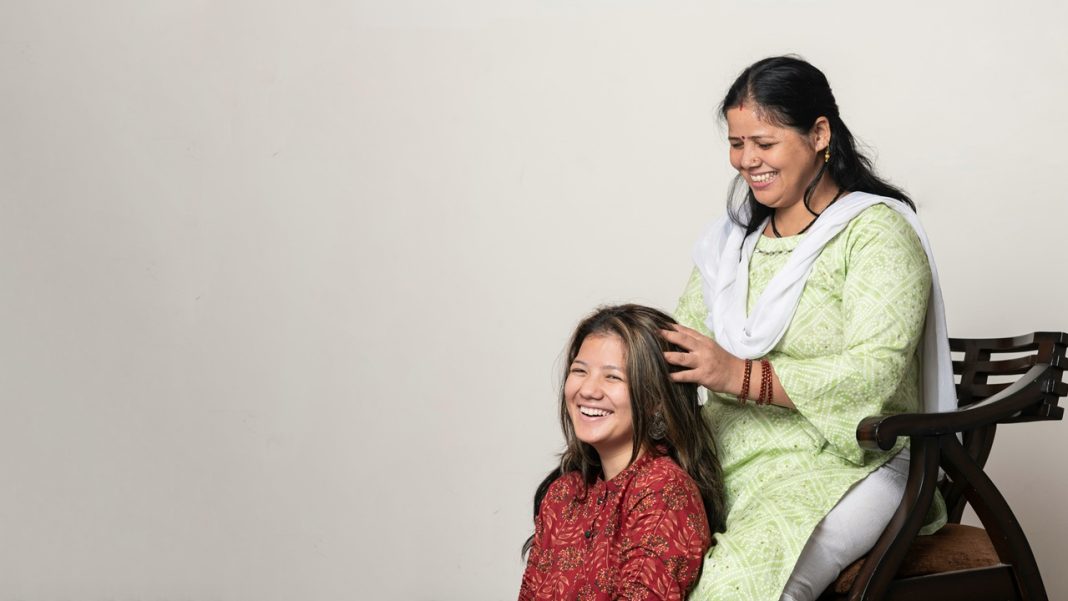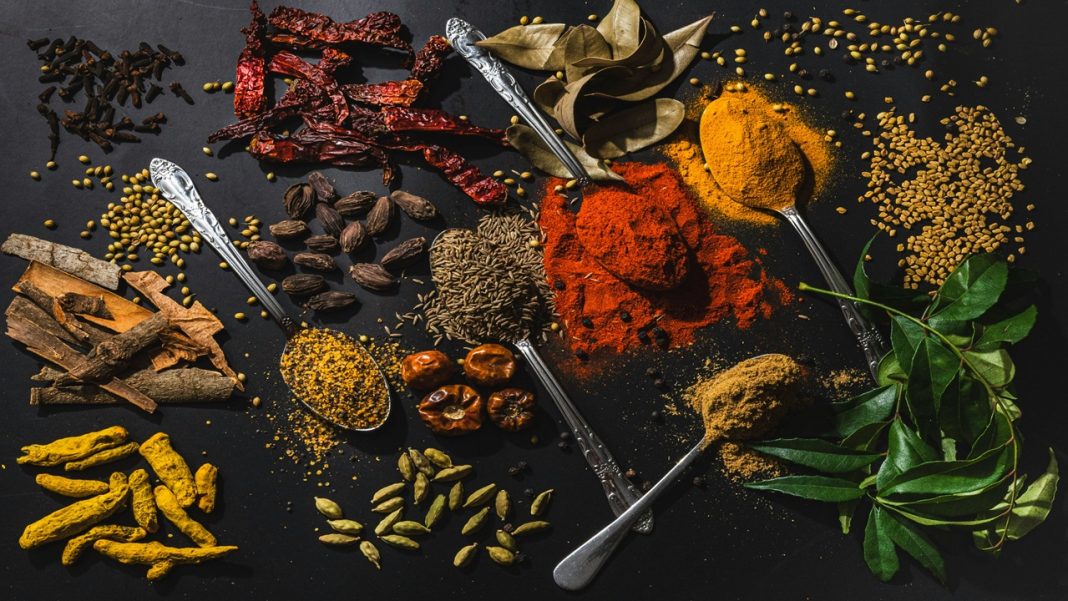The smell of warm coconut oil in a steel bowl, a mother’s hand rubbing it into a child’s scalp, these memories still sit deep in Indian households. What once felt like routine care is now turning into revival. Across salons and homes, these old methods are quietly returning. The new generation is beginning to look back at what always worked.
Indian haircare traditions are now talked about again on Lifestyle and Fashion. The idea isn’t nostalgia alone, it’s rediscovering methods that never failed. Oils, herbs, and flowers that sat in kitchen shelves are now back in glossy jars.
Traditional Haircare Secrets
| Ingredient | Use | Common Benefit | Found In |
| Coconut Oil | Massage oil | Strengthens roots | South Indian homes |
| Amla | Vitamin source | Reduces greying | Hair masks, oils |
| Reetha & Shikakai | Cleanser | Adds shine | Traditional shampoos |
| Fenugreek | Protein pack | Controls dandruff | Homemade masks |
| Curry Leaves | Growth booster | Improves thickness | Infused oils |
| Hibiscus | Natural softener | Smooth finish | Flower oils |
| Aloe Vera | Soothing gel | Tames frizz | Backyard gardens |
| Castor Oil | Thickening | Adds volume | Hair oil mixes |
| Neem | Antibacterial | Clears scalp | Herbal rinses |
| Bhringraj | Ayurvedic herb | Promotes growth | Classic oils |
Haircare Secrets from Indian Grandmothers
1. Coconut Oil Before Every Wash
Simple, cheap, and steady. Grandmothers called it food for hair. Warmed gently and massaged before washing, it made strands strong and calm. Even the smell, somehow comforting.
2. Amla for Strength and Shine
Amla was soaked, dried, and ground in homes. It gave a dark, earthy shine that no modern conditioner could copy. The process took time, but so did the results.
3. Reetha and Shikakai for Cleansing
These weren’t just plants, they were the shampoo before shampoo. Boiled and cooled, they left hair clean without stripping it dry. The natural foam had its own charm.
4. Fenugreek Seeds for Dandruff
Every kitchen had methi seeds. Soaked overnight, crushed to paste, and applied cold. The smell was strong, but dandruff disappeared. Sometimes old remedies are just practical, nothing fancy.
5. Curry Leaves for Hair Growth
Popping curry leaves in hot oil made that tiny crackle sound everyone knew. It turned the oil greenish and fragrant. Used regularly, it kept hair thick and glossy.
6. Hibiscus for Softness
Those bright red flowers weren’t only for prayer. Mixed into oil, they made hair soft and manageable. People still say hibiscus masks work better than bottled serums.
7. Aloe Vera for Smoothness
Cut fresh from the pot, its cool gel soothed dry scalp. Sticky at first, but once rinsed, the scalp felt refreshed. Even now, many keep a plant just for that.
8. Castor Oil for Volume
Heavy, sticky, and stubborn to wash out. Yet it worked. People used to mix it with lighter oils like sesame. It made thin hair look fuller with time.
9. Neem for Scalp Health
Boiled neem leaves created a bitter-smelling rinse. Grandmothers didn’t mind. They said if it stings a bit, it’s working. Kept the scalp clean and calm.
10. Bhringraj for Regrowth
Called the “hair king,” this herb was steeped in oil for days. The result was dark and earthy. People swore it revived dull hair slowly, quietly.
The Tradition Still Lives
Even today, many Indian homes keep these habits alive. Some mix them with modern products, others stick to the old ways. Maybe it’s not about choosing one over the other. It’s about balance, between patience and convenience. These aren’t quick-fix tricks. They’re reminders of time spent caring for oneself without rushing. Feels rare now, but maybe that’s why people are returning to it.
FAQs
1. Why did Indian families trust coconut oil for hair?
It nourished deeply, protected roots, and kept hair soft during changing weather.
2. Does amla really stop greying?
Regular use slows it down and gives hair a natural dark shine.
3. Can hibiscus replace modern conditioners?
Yes, for many. It softens and adds shine without any chemicals.
4. How often should traditional oils be used?
Once or twice a week keeps hair healthy and balanced.
5. Are herbal cleansers like reetha safe for daily use?
They’re mild and natural but better used twice weekly for best results.



